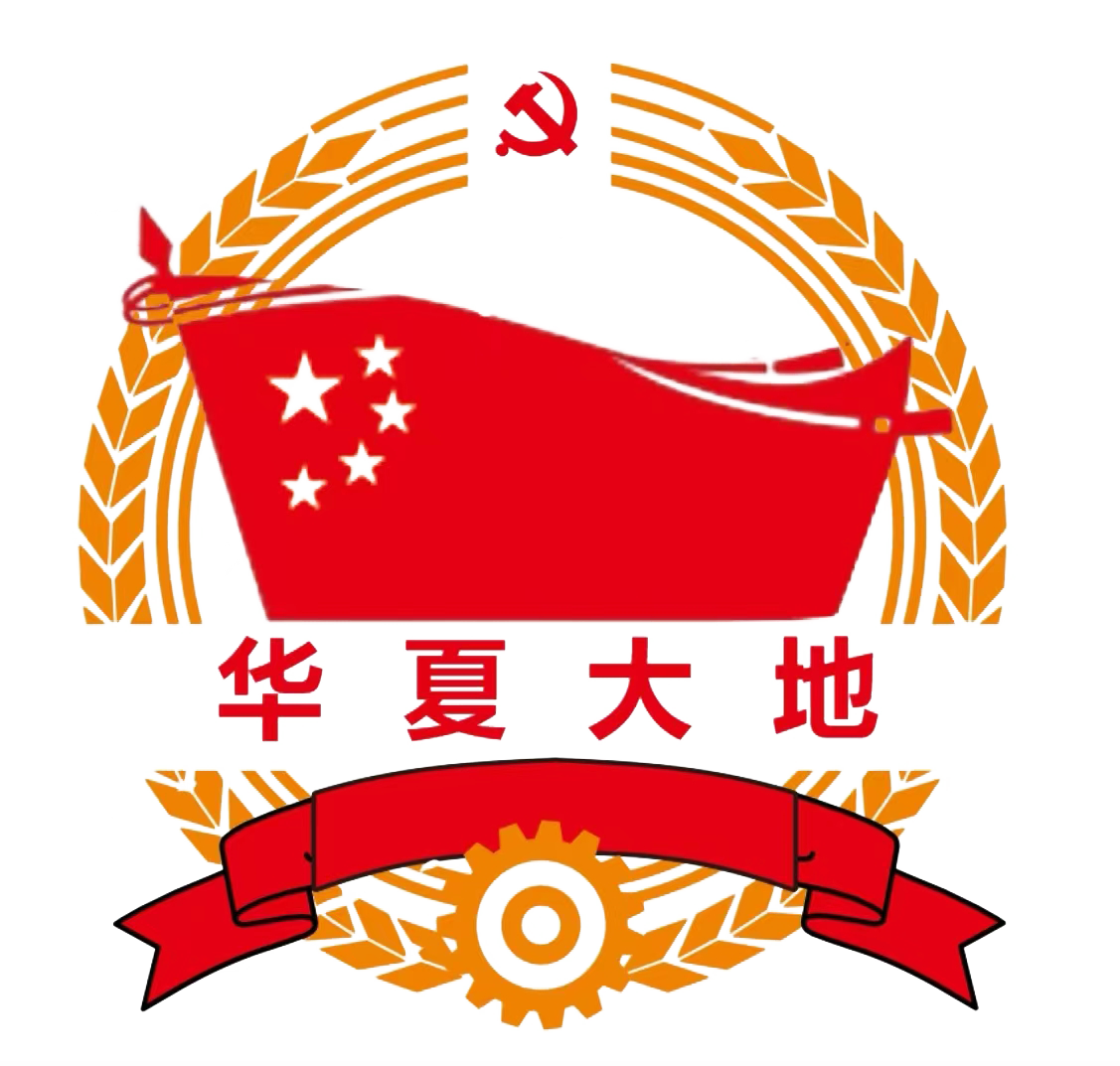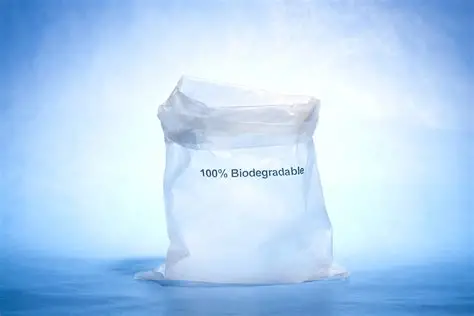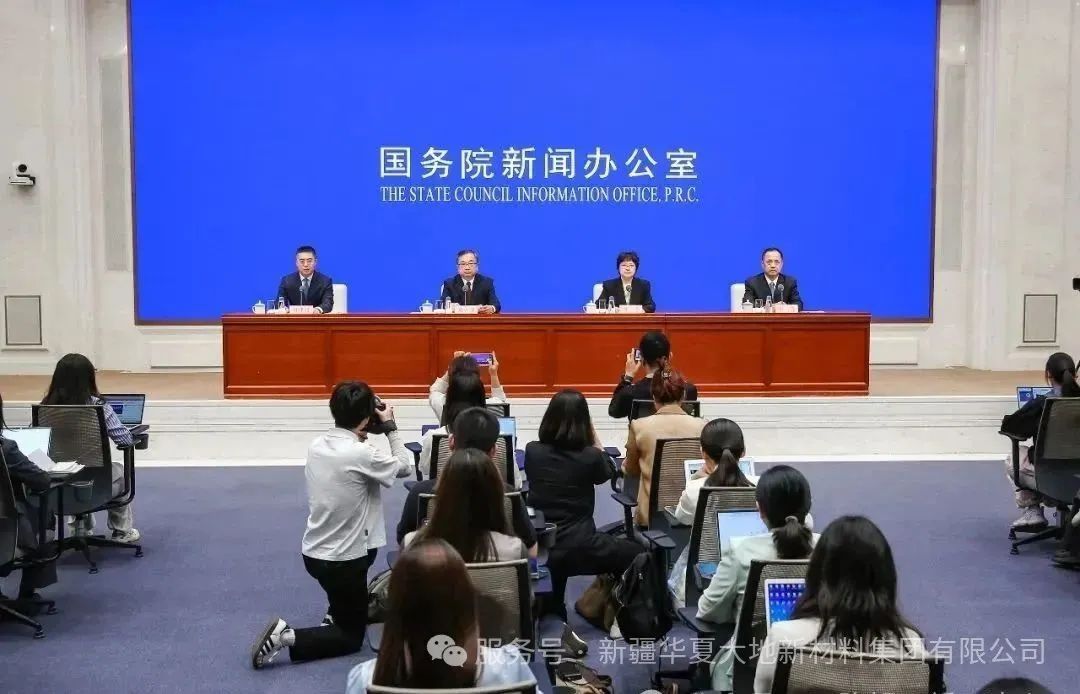In recent years, the Inner Mongolia Autonomous Region has implemented a comprehensive conservation strategy, promoted the efficient and intensive use of various resources, accelerated the establishment of a waste recycling and utilization system, and advanced the in-depth development of a circular economy. Currently, the basic management system for the circular economy in the region is increasingly improved, and the efficiency of resource utilization continues to be optimized
turn waste into wealth
The corn husks are processed to produce the main product, furfural, which is used in resin manufacturing, food additives, etc. The by-product, furfural residue, is used as a biomass fuel or organic fertilizer raw material. The ash from plants, which is emitted by boilers, is rich in potassium and can be used as potassium fertilizer raw material... At the Inner Mongolia Xinlianxin Biotechnology Co., Ltd. located in Daratui Banner, Ordos City, Inner Mongolia Autonomous Region, the corn husks are "fully utilized" through various technical means, achieving the goal of "taking from the fields and returning to the fields".
"Our annual demand for corn husks is approximately 250,000 tons, with an acquisition radius of 200 kilometers. The production process has basically achieved zero waste emissions and has reduced carbon dioxide emissions by 180,000 tons annually," said Li Dianyuan, the general manager of the company. Currently, the company is continuously optimizing its production processes and improving product quality. Besides the main product, the company has signed strategic cooperation agreements with several enterprises to supply biomass fuel and organic fertilizer raw materials. "We plan to collaborate with the village committees to collect corn husks in a centralized manner, benefiting the local people. At the same time, we will support the local development of downstream industries and build biomass pellet factories, etc., to create employment opportunities and increase income for farmers."
Entering the construction site of the Barinur Industrial Solid Waste and Hazardous Waste Resourceization and Circular Industry Project (Phase I) in Wulaitouhou Banner, Baianur City, we see that a series of aerospace pyrolysis-related equipment have been precisely lifted and placed in position. Workers are installing the dosing equipment of the aerospace pyrolysis pre-treatment workshop that has been set up. The project is in full swing.
Zhang Wenping, the project leader, introduced that the total investment of the project is 370 million yuan and it will be constructed in two phases. The project adopts the aerospace pyrolysis treatment technology and equipment developed by the Beijing Aerospace Power Research Institute. Compared with traditional incineration technology, this technology is not only reliable in performance but also environmentally friendly. It can efficiently process agricultural and livestock waste such as leftover plastic films from farmlands, urban domestic waste, and industrial solid hazardous waste like waste mineral oil, achieving resource recovery rates of over 85% and reducing carbon dioxide emissions by more than 50,000 tons annually.
"Our first phase of the project can handle 50,000 tons of waste plastic films annually. The economic prospects are promising. It can effectively reduce environmental problems caused by the residue of plastic films and improve the resource utilization of residual plastic films in farmland, turning waste into treasure. Currently, 95% of the construction for the first phase has been completed, and 40% of the equipment installation has been finished. We expect to conduct trial production of the project by the end of October this year. We have already received a lot of residual plastic films that were cleared during the spring farming season." Zhang Wenping said.
Dong Qibiao, the director of the Land Protection Department of the Agriculture and Forestry Department of the Inner Mongolia Autonomous Region, told reporters that in recent years, Inner Mongolia has been guided by ecological priority and green development, focusing on the "carbon neutrality" goal, and has been fully promoting the resource utilization of agricultural and pastoral waste. They have strengthened the scientific use and recycling of plastic films, and on the basis of promoting recyclable plastic films, innovated the recycling model. In places like Baian'ao'er and Ordos, they have promoted the "socialized parcel recycling" model to increase the coverage area of specialized mechanized recycling operations; in Ulanqab and other places, they have innovated mechanisms such as "exchange for new" to encourage farmers to collect and hand in used plastic films. They have established a diversified recycling mechanism, subsidized advanced and applicable residual film recycling machinery, guided the construction of 1,800 recycling outlets, developed 60+ agricultural film recycling enterprises, and there are 19 enterprises with the capacity for residual film incineration power generation or incineration treatment.
Meanwhile, efforts are being made to transform straw from waste into treasure. The total amount of straw that can be collected in the entire region is approximately 436.3 million tons, and the utilized amount is 400.4 million tons. The comprehensive utilization rate is 91.8%, which is higher than the national average. According to preliminary analysis, the annual grain-saving capacity from the feed utilization of agricultural residues in the entire region exceeds 8 million tons. This has achieved high-value and efficient utilization, contributing to alleviating the shortage of forage and promoting the circular development of agriculture.
perfect the system
Zhu Dawei, a third-level researcher at the Resource Conservation and Environmental Protection Department of the Development and Reform Commission of Inner Mongolia Autonomous Region, told reporters that in recent years, Inner Mongolia has continuously improved its policy system, issued documents such as the "14th Five-Year Plan" energy conservation plan, and established a full-process control mechanism covering review, budget, and access, ensuring that energy consumption intensity meets the standards; it pioneered provincial energy consumption budget management, incorporating energy use indicators into the budget system, and was the first to carry out pilot projects for the transformation from dual control of energy consumption to dual control of carbon emissions; it strictly controlled "high-energy-consuming, high-emission, and low-efficiency" projects, implemented the "voluntary recognition of green electricity + mandatory consumption" mechanism, and promoted the green transformation of high-energy-consuming industries.
By the end of 2024, 36 circular economy transformation projects had been approved and implemented in Inner Mongolia. The interconnection of circular industries in the parks has significantly strengthened, and the utilization efficiency of resources such as energy, water, and land has greatly improved. The comprehensive utilization rate of general industrial solid waste in the region has significantly increased. The comprehensive utilization rates of straw and livestock manure reached 91.8% and 82.5% respectively. The water consumption per unit of GDP in the region decreased by 20.49% compared to 2020. In the first four years of the "14th Five-Year Plan", the energy consumption intensity in the region is expected to decrease by a cumulative total of 16.5%, achieving the national target ahead of schedule.
Dong Qibiao stated that this year, the agricultural and pastoral system in Inner Mongolia will, on the basis of promoting the reduction of agricultural input products, continue to do a good job in the utilization of waste resources. The focus will be on promoting the scientific use and recycling of plastic films. It is planned to apply 7.2 million mu of thick and high-strength plastic films and 6.6 million mu of fully biodegradable plastic films. The recovery rate of agricultural films in key covered areas across the region will remain above 85%. In addition, 20 counties will carry out construction of projects for the comprehensive utilization of crop straw, and it is planned to maintain the overall utilization rate of crop straw at over 90% across the region.
Zhu Dawei introduced that Inner Mongolia adheres to the principles of "reduction, reuse and resource utilization", and regards the development of circular economy as an important means to implement the comprehensive conservation strategy. They are striving to build a comprehensive, efficient, and orderly waste recycling system, providing solid support for green transformation and development. In the future, they will adhere to the ecological priority and green development concepts, continuously expand the channels for solid waste utilization, increase financial support, strengthen scientific and technological innovation leadership, and promote the development of circular economy with higher standards and more practical measures. They will accelerate the improvement of the waste recycling system, establish a green standard system, and promote the industrialization application of new energy and resource recycling technologies.








